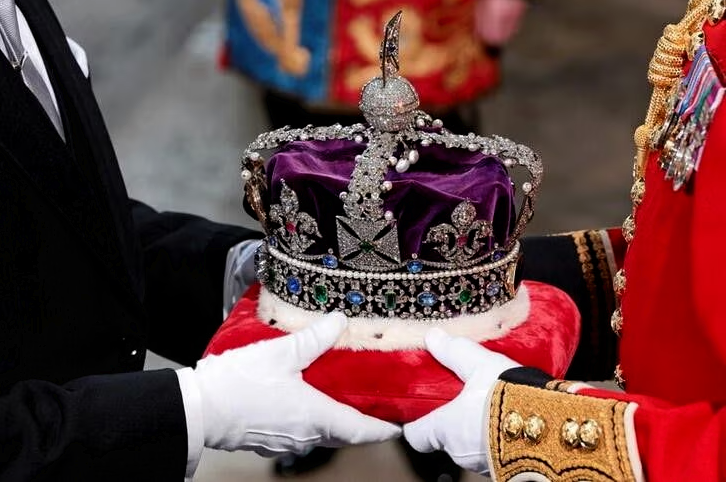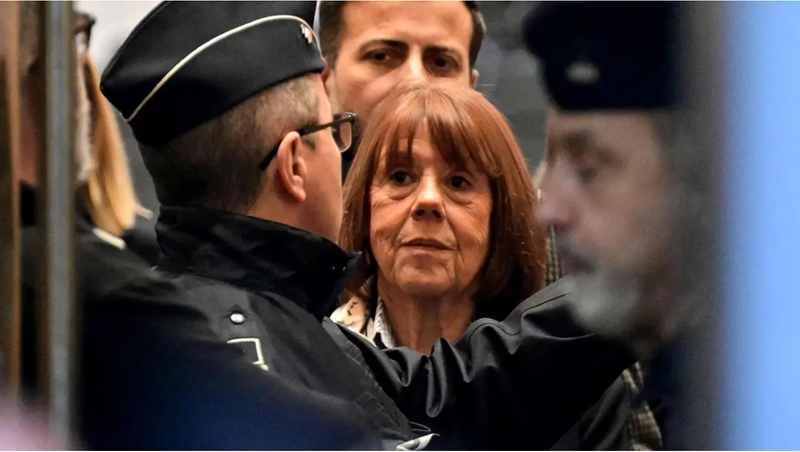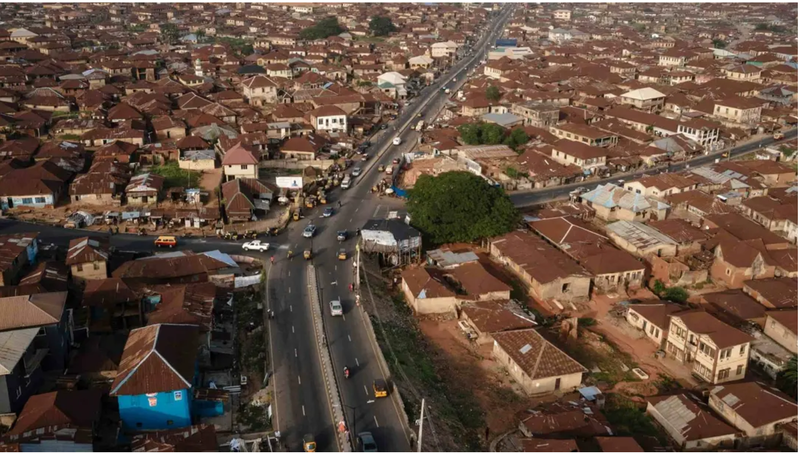South Africans Ask UK to Return Diamond in Crown Jewels
Some South Africans have called for Britain to repatriate the Star of Africa — the world's largest diamond — which is currently set in the royal sceptre and will be used in the coronation of King Charles III on Saturday.

Facts
- Some South Africans have called for Britain to repatriate the Star of Africa — the world's largest diamond — which is currently set in the royal sceptre and will be used in the coronation of King Charles III on Saturday.1
- The 530 carat stone was discovered in South Africa in 1905, and was gifted to the British monarchy two years later while the nation was still under colonial rule. However, some activists are now calling for the return of the Star amid a broader push for reparation and repatriation.2
- A petition demanding the return has garnered around 8K signatures. Mothusi Kamanga, a Johannesburg based lawyer and activist, has called the diamond "a sign of our pride, our heritage and our culture."3
- While conversation over the status of objects historically transported to colonial powers has been recently reinvigorated, some questions have even been asked about the future of commonwealth nations, with members of groups such as the African Transformation Movement (ATM) calling for a new constitution.4
- The Star of Africa — officially titled Cullian I — was originally cut from a 3.1K carat stone mined near Pretoria. A replica of that initial rock is on display at the Cape Town Diamond Museum.5
- Cut from the same original stone — called Cullian II — another, smaller diamond is also part of the royal collection, set in the Imperial State Crown which is kept with the other Crown Jewels in the Tower of London.1
Sources: 1Al Jazeera, 2Voice Online, 3New York Post, 4Mirror, and 5Reuters.
Narratives
- Establishment-critical narrative, as provided by Times. The presence of this symbol of oppression at the coronation of King Charles III is a reminder of Britain's bloody history and the way in which the UK monarchy has profiteered from the exploitation of other nations. Not only should items like these — which were transported during colonial rule — be returned, nations in the commonwealth should hold referendums on their membership to sever ties with the imperial power and establish their own constitutions.
- Pro-establishment narrative, as provided by Al Arabiya English. While there are some who feel strongly about the historic relationship between Britain and commonwealth nations, there are many who are indifferent to or even support membership of the commonwealth. Historic oppression and bloodshed should never go unrecognized as a part of Britain's past — especially the role it played in building its economy — but such links between global nations can now act as a positive force, to unite diverse groups in material and cultural exchange under a single figurehead.






